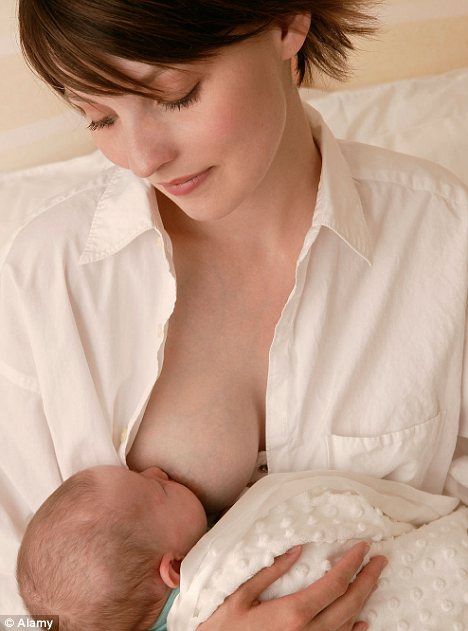Who feeds baby bluebirds
Out My Backdoor: Bluebird Family Life Isn't Always What It Seems to Be
By Terry W. Johnson
When we watch the nesting activities of the eastern bluebird, it appears that these beautiful birds live a pretty uncomplicated life style. However, researchers are finding that the private lives of these popular backyard birds often seem to be taken from the script of a daytime soap opera.
Bluebirds were long considered to be one of the 91 percent of all bird species that are monogamous. Such is not always the case, however. In one study, for example, 15 percent of adult females and 5 percent of adult male bluebirds were found caring for at least one nestling that was not their own. Another study conducted in South Carolina revealed that 5 percent of the bluebird pairs followed had multiple mates during the nesting season.
The chances of female bluebirds mating with more than one male were higher in locations with high population densities. By the same token, male bluebirds are more likely to attend to the needs of nestlings fathered by another male when their mates spend more time away from their nesting territory during the mating season.
Male bluebirds appear to have no problem caring for young sired by other males and don't show their own young any preferential treatment. Additionally, they tend to feed offspring more often than their mates.
Female bluebirds were found to feed male and female young equally. However are you ready for this? Many male bluebirds actually discriminate against male offspring! That's right, male bluebirds practice sex discrimination.
Here is what happens. During the first few days after bluebird hatchlings break out of the egg they are fed entirely by their mothers. During this time, male bluebirds supply their mates with small, soft insects such as caterpillars. The females, in turn, feed the protein-rich insects to the hatchlings.
Later, both parents forage for the steady stream of caterpillars, beetles, grasshoppers, crickets and other insects needed to satisfy the seemingly insatiable hunger of their rapidly growing young. It is during this phase in the development of the young that males begin a pattern of discrimination.
When the males return to their nests with food, they feed female nestlings twice as often as males. Consequently, during the 16 to 20 days the young remain in the nests, females receive considerably more food than their male nest mates. This gives them a better chance of surviving the rigors of the world once they leave the nest.
This discrimination extends well beyond the time the young fledge because both parents feed the offspring for up to a month after they fledge.
Nobody knows for sure why male bluebirds discriminate against male nestlings. Some biologists suggest this behavior reduces chances of male bluebirds having to compete with one of their male offspring for mates, nesting sites and food. Female fledglings may disperse up to 12 miles or more from the box where they are hatched. However, males often establish breeding territories within three miles or less of the cavity where they were raised.
But some experts question this theory, pointing out that female bluebirds seem to shy away from young, inexperienced males.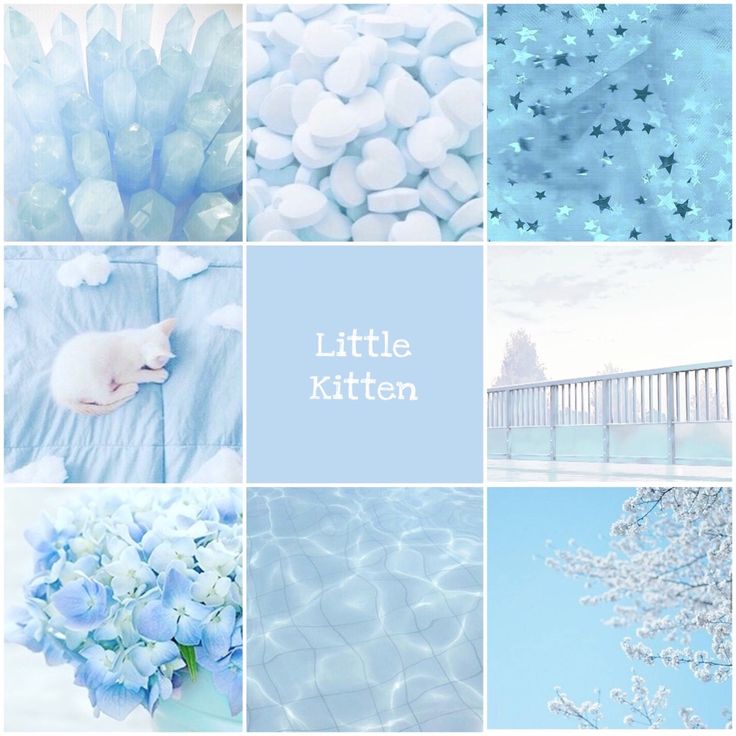 They appear to prefer more mature males experienced in providing for a nest full of demanding young. Older males also often do a better job of defending their nesting territory.
They appear to prefer more mature males experienced in providing for a nest full of demanding young. Older males also often do a better job of defending their nesting territory.
The family life of the bluebird is just one example of the fascinating true-life dramas taking place in the natural world. If you want to enjoy truly compelling drama, turn off the television, step outside your backdoor and carefully watch and listen. Who knows? You may find you don't need that new big screen television after all.
Terry Johnson is a former Nongame program manager with the Georgia Wildlife Resources Division, a noted backyard wildlife writer and expert, and executive director of TERN, the friends group for Wildlife Resources' Nongame Conservation Section.
Bluebird Parental Care of Hatchlings, Nestlings, and Fledglings
Bluebird eggs hatch within a period between 24 to 50 hours. Chicks hatch blind and naked.
Both parents take care of the young and feed them with a diet rich in proteins, mostly insects.
Nestlings grow fast and leave the nest in about 16 to 25 days, depending on the region. After they fledge, parents continue taking care of the fledglings for about three weeks until they become independent.
How long does it take for bluebird eggs to hatch?
The incubation period is variable within the Bluebird’s ranging between 11-19 days with an average of 13.5 days. Bluebirds in the warmer southern states have slightly shorter incubation periods than those in colder northern regions.
The female Bluebird starts incubating the eggs on the last or day before last she lays the last egg. She lays one egg every day but does not sit on them.
The female does all the incubation of the eggs. Once the egg hatch, she broods the nestlings continuously until approximately day 5-7 after hatching, when the nestlings begin to have some thermoregulatory control over their body temperature.
The male is always around, bringing food to the female while she incubates the eggs. Then, the male also brings food for the brooding female and the nestlings during the first days after hatching.
Then, the male also brings food for the brooding female and the nestlings during the first days after hatching.
Egg hatching
Hatching begins 1 to 6 hours before the chick emerges completely from the egg.
The female incubates all the eggs for about the same period of time, ensuring that eggs hatch as close to each other as possible, eliminating the size advantage of chicks that hatch first over those that hatch last.
Blind and mostly naked.
Bluebird chicks at hatch are blind and mostly naked with patches of gray down. They weigh approximately 2.4 gr (0.08 oz).
Baby bluebirds are “altricial,” which means that nestlings are entirely dependent on their parents until they become nutritionally independent and can find food for themselves.
Both parents work equally to feed the chicks.
Both parents feed the chicks from day one, but the male does most of the work during the first five days after hatching. As in other birds, chicks open their mouth wide when they sense one of the parents in the cavity.
Studies of the breeding biology of nesting bluebirds indicate that both parents take about the same number of trips in and out of the cavity.
The same studies noted that the female alternates feeding with brooding the young birds during the first week as they cannot regulate their body temperature.
After a week, the young birds can regulate their body temperature, and the female does not have to brood them all the time, although she spends the night with them.
Parents appear to take more feeding trips and be more active during the early morning hours. The feeding continues in the afternoon but not as frequently as in the morning.
Foods fed to nestlings.
The parents bring crickets, spiders, grasshoppers, butterflies, and moth larvae, as well as berries such as raspberry, mulberry, dogwood, cherry, and honeysuckle.
The diet of nestling bluebirds is high in protein, consisting of approximately 68% invertebrates and 32% berries. A high protein diet helps chicks grow as fast as possible and leave the nest soon.
Photo: Festive Coquette/Flickr/CC by 2.0
Nest sanitation.
Four to 5 chicks defecating in a small cavity would make a big mess, but both parents clean up the cavity throughout the day.
As it occurs in many birds, right after chicks are fed, these turn around to present the parent with a fecal sack or pellet. The fecal material is encased in a bag-like gelatinous packet the parent takes with its beak and drops far outside the nest.
When the chicks are very young, parents will eat the fecal sacks, but this practice ends as the chicks get older and are fed various food items.
If one of the chicks dies, one of the parents, when possible, pulls it out of the cavity and drops it outside the nest.
How fast do nestling bluebirds grow?
Bluebird chicks develop fast. After hatching, young bluebirds begin making calls loud enough to be heard when parents arrive with food.
Photo: Putneypics/Flickr/CC by 2.0Feathers begin to grow and replace the gray down by day 2. The nestlings open their eyes by days 5 and 6. By day seven, the chicks have short feathers on most of the body’s back and sides. By day 13, chicks are completely feathered.
The nestlings open their eyes by days 5 and 6. By day seven, the chicks have short feathers on most of the body’s back and sides. By day 13, chicks are completely feathered.
By day 13 and older, male and female young bluebirds can be told apart based on their plumage color.
Leaving the nest comes next.
As with the onset of the breeding season, the age at which chicks leave the nest varies with latitude.
Bluebirds in northern portions of the species range start nesting later, take slightly longer to hatch, and appear to take a little longer to leave the nest than birds in southern states.
However, the difference is small.
Across the species range, young Bluebirds leave the nest between 16 to 21 days after hatching.
Because all chicks hatch at about the same time, size differences among chicks seldom develop. Chicks of the same age and size leave the nest simultaneously.
Parental care after fledging.
Parents and young bluebirds stay together after fledging for about three weeks.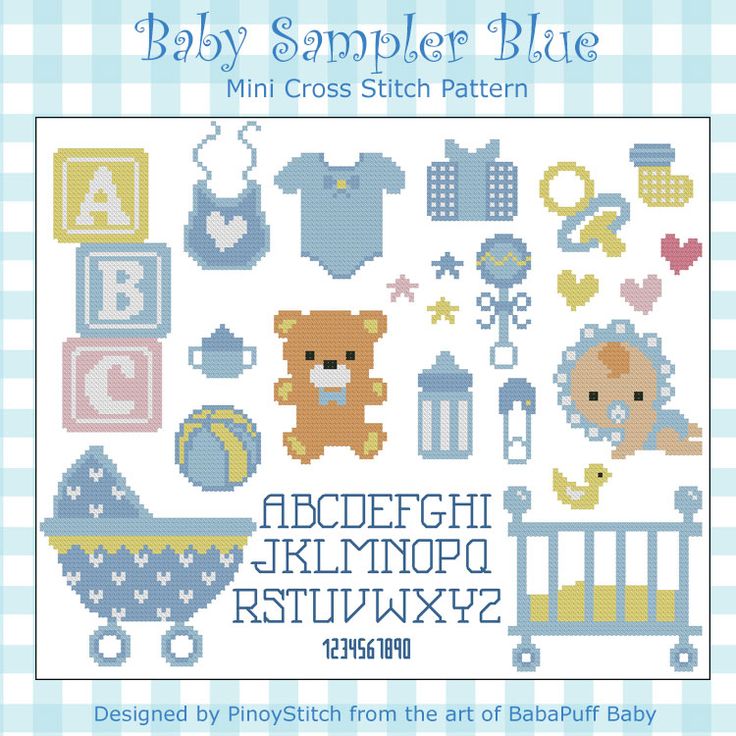
After leaving the nest, young Bluebirds remain in a relative hide for the first week or so. The parents bring food to the fledglings, which are easily located by their persistent calls.
During the first week after leaving the nest, fledglings still depend entirely on their parents for food. They begin practicing flying from place to place.
After the first week, the young birds begin to follow the parents to more open spaces. The young Bluebirds also start performing the typical sit-wait-and-drop strategy to catch invertebrates.
As fledglings gain experience obtaining their food, the parents feed them less and less.
Once fledglings become nutritionally independent, they take trips further and further from the family unit after about three weeks.
Then, the young bluebirds join flocks of juvenile birds that move about in the region.
Field observations have noted that chicks hatched late in the summer may remain with the parents through the winter.
Overall, the time it takes for young Bluebirds to separate from their parents is variable.
Some fledglings stay in the family’s territory for a long time, while others join flocks of juvenile birds and leave the family unit in about three weeks.
Photo: Wendy /Flickr/CC by 2.0
In the event that one of the parents dies, what will happen to the eggs or nestlings?
The effect on the eggs or nestlings varies depending on when and whether the male or the female goes missing. This is because the male does not incubate the eggs nor brood the young.
Disappearance when the pair has eggs in the nest
When one of the parent bluebirds dies or disappears during the egg-incubating period, the nest fails, and the remaining parent is likely to find a new mate and start another nesting attempt. Males do not incubate eggs, and the female cannot incubate, brood, and feed the young without the help of a male bringing food to the nest.
Disappearance when the pair has nestlings
When a parent dies or disappears when they have nestlings, the possible outcome depends on the age of the young bluebirds.
Generally, the remaining parent will try to get a replacement mate to help raise the brood.
Possible outcomes include:
- If the female disappears when the nestlings are less than 7-8 days old, the nestlings are likely to die because they are unable to thermoregulate their body temperature. While the male will continue feeding them, he does brood them at all. If the female disappears after the 8-12 days, the nestlings do not need brooding, and the male alone is likely to raise the brood on his own.
- If the male disappears when the nestlings are less than 7-8 days old or older, the female may be able to raise them alone, although she could fail.
Both the widowed male or female can enlist the help of a new partner that helps them raise the young. The new partner’s interest is acquiring a territory and having the next brood as a parent. New partners that begin as helpers do help but not as energetically as if they were the real parents of the brood.
Helping a widow raise his/her young is a way for “floaters” to acquire a territory.
 A floater is an adult bluebird ready to breed but does not have a mate or territory.
A floater is an adult bluebird ready to breed but does not have a mate or territory.
Older siblings may help parents raise the new brood
Another observation of these studies was that young birds of the previous brood, still in the parents’ territory, may help feed their younger siblings.
This behavior appears not to be common and happens more often in certain habitat types and conditions than in others. The actual help older fledglings provide is also in doubt. It may be that young birds do this as a manner of practicing for when they become parents.
If one of the parents disappears and older fledglings are around, they are likely to help raise their younger siblings.
References:
- Eastern Bluebird, Life History. All About Birds. The Cornell Lab of Ornithology.
- Gill, Frank (1995). Ornithology. New York: W.H. Freeman.
- Sialis Online. Bluebirds.
- The Birds of the World Online. Eastern Bluebird (Sialia sialis).
 Cornell Lab of Ornithology, Ithaca, New York.
Cornell Lab of Ornithology, Ithaca, New York.
LEARN MORE:
What kind of birds fly to the feeder? List in pictures
The world of birds is diverse and amazing! You never know who might visit the feeder. We present to your attention photos of all types of birds that were photographed on Art-feeders of our production.
Great Tit
Buy this feeder
The most common feeder visitor. They are dexterous acrobats, which allows them to forage from any feeder. These birds are with us all year round, lead a sedentary lifestyle. In summer they eat insects, and in winter they supplement their diet and switch to seeds rich in vegetable fat. Most of all they love sunflower seeds!
https://t.me/artkormyshka
Lazorevka
A small titmouse with a blue cap. It is often found on feeders, but not in such numbers as great tits, but one or two birds at a time. They behave more carefully, quickly grab a seed and fly away to the nearest branch.
They behave more carefully, quickly grab a seed and fly away to the nearest branch.
Puffy (or brown-headed tit)
Small black and white titmouse. A rare guest of city and park feeders.
Moskovka
Small tit with a characteristic white spot on the back of the head. During autumn wanderings, they can visit the feeder. In winter, they are rarely found on feeders.
Tree Sparrow
Buy this feeder
This species usually moves to the city in winter. In summer they prefer the countryside. They live in large flocks. Sparrows - birds are noisy and arrogant, from the point of view of a person, occupy the feeder, preventing other birds from feeding calmly. With all the shortcomings, sparrows bring invaluable benefits: during the breeding of chicks, they completely switch to live food, catching insects and other invertebrates.
House Sparrow
Buy this feeder
City bird, ornithologists call it synanthropic. They will never turn down a free meal. Like tree sparrows, brownies feed their chicks with insects. The presence of sparrows in the city is an indicator of ecological stability. In Europe, and more precisely in England, sparrows are listed in the Red Book, they have almost disappeared from the streets of London and other large cities. Think about this when you chase the sparrows away.
Greenfinch
Large green bird with yellow wing feathers. Can be found not on every feeder. But if you were able to attract them, you can be sure that they will not leave you. These birds like to stay in a certain place in winter, especially where they are constantly fed. Zelenushki emit a melodic trill, and starting from February, they sing mating songs with a characteristic buzz.
Bullfinch
Buy this feeder
The conspicuous red-breasted bird is a male. Females are inconspicuous, gray-beige, more like sparrows. Some owners of feeders can observe bullfinches feeding at home, they do not fly to others. Here, as luck would have it.
Females are inconspicuous, gray-beige, more like sparrows. Some owners of feeders can observe bullfinches feeding at home, they do not fly to others. Here, as luck would have it.
Chaffinch
In our parks and forests it is a breeding bird species. Recently, more and more often appear on the feeders. Single individuals remain for the winter. The bulk visits the feeders from spring to autumn.
Tap dance
Gray mottled bird with a characteristic red spot on the forehead, males still have a pink breast and uppertail. This bird species winters in the central European part of Russia, and in spring they fly north to nest. As a rule, they appear on the feeders at the end of winter, when all the natural food is eaten.
Chizh
A small greenish-yellow bird, the male has a characteristic black cap. In winter, siskins feed on alder and birch. In early spring, when all natural food has been eaten, siskins appear on the feeders. As a rule, this happens at the end of March.
In early spring, when all natural food has been eaten, siskins appear on the feeders. As a rule, this happens at the end of March.
Dubonos
Buy this feeder
Beautiful large bird with a huge beak. Feeding troughs are visited, but not very often. They feed on grains and seeds. They love to feed on fruit trees, bird cherry. Recently, there have been more and more of them, so there is a chance to see him in your feeder.
Yurok
Migratory bird. Rarely found on feeders, in autumn or spring. Yurok lives in the northern tundra and forest-tundra. Like all finches, they love to eat seeds.
Goldfinch
Usually nesting birds of our region, but at feeders - an extremely rare guest (residents of Siberia are more fortunate, carduelis love to visit feeders in this region). In winter, goldfinches are more likely to eat last year's seeds of burdock and goutweed.
Lentil
This bird arrives later than all the others, in May. She flies from Southeast Asia. You have to be lucky to meet her at the feeder. Its main habitat is floodplain sections of rivers and reservoirs.
Nuthatch
Dart climber and store. If you live near a forest or park, you are more likely to meet this species of bird in your feeder. Nutcrackers are very fast and mobile. Having eaten, they begin to store food. Having collected several seeds in its beak, the nuthatch begins to hide them under the bark of trees and in various cracks in reserve.
Great Spotted Woodpecker
Buy this feeder
Lover of hazelnuts and peanuts. Woodpeckers often visit feeders. They even fly to windows. The bird is big and beautiful, its arrival at the feeder is always an event!
Middle spotted woodpecker
This species of woodpecker is listed in the Red Book of Russia.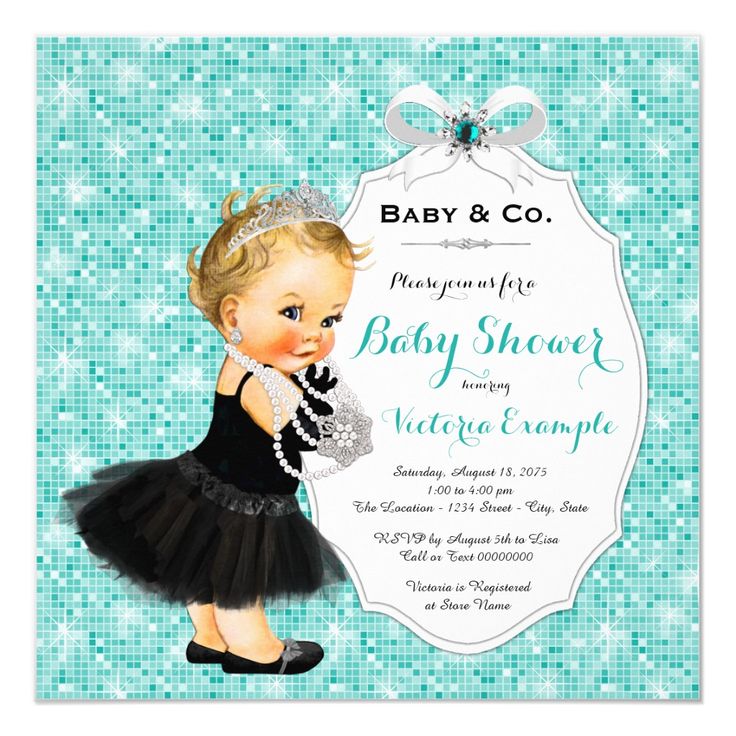 In winter, it occurs on feeders, especially if it is seen nesting nearby in summer.
In winter, it occurs on feeders, especially if it is seen nesting nearby in summer.
Gray woodpecker
Buy this feeder
The bird is rare, but sometimes appears even on feeders. Few individuals stay over the winter, most fly away.
Robin
Small insectivorous bird. In some winters, single individuals remain to winter. Robins should be fed with flour worms and bloodworms. Seeds are not their typical food.
Starling
Spring bird. Single individuals can fly to your feeder, but this is not their main source of food.
Jay
Buy this feeder
Large bird with distinctive blue wing mirrors. It is the main distributor of oak, as it loves acorns very much. At the feeders, jays love to feast on peanuts and bread.
K dove
A slender pigeon with a characteristic non-closing black ring around the neck. In our country, they live in the southern regions of the European part of Russia. They like to settle next to a person in agricultural landscapes - small towns, villages, the private sector. Sometimes they fly to feeders.
In our country, they live in the southern regions of the European part of Russia. They like to settle next to a person in agricultural landscapes - small towns, villages, the private sector. Sometimes they fly to feeders.
https://t.me/artkormyshka
Cuckoos: throwing chicks, the bird does not get rid of them, but saves them | society Weekly "Arguments and Facts" No. 29. How to get a beautiful tan and not "burn" your health? 21/07/2010
Almost everyone heard the singing of the cuckoo, but few people managed to see this bird in wildlife - it is a virtuoso of hide-and-seek. She uses this skill, imperceptibly laying her eggs in other people's nests. By the way, the sonorous "ku-ku" is the mating song of the male, females make other sounds, sometimes similar to laughter.
Deceit and love
The male is patient and loving. "Ku-ku" can be repeated up to 360 times in a row.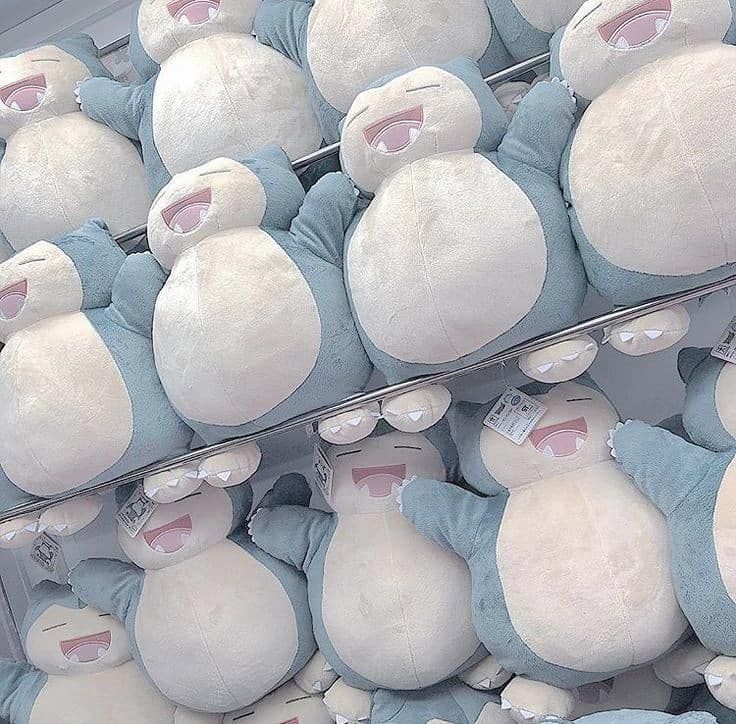 The song is heard in forests and fields, in villages and city parks from early May to mid-August. And all this time the females lay eggs. One bird during the summer season produces up to 30 eggs at intervals of one to three days. If cuckoos were exemplary parents, then their offspring would definitely not survive. “Cuckoos are voracious, and it would be impossible to feed such a horde of children endlessly appearing one after another,” says Klim Bagryantsev, an ornithologist, Ph.D.
The song is heard in forests and fields, in villages and city parks from early May to mid-August. And all this time the females lay eggs. One bird during the summer season produces up to 30 eggs at intervals of one to three days. If cuckoos were exemplary parents, then their offspring would definitely not survive. “Cuckoos are voracious, and it would be impossible to feed such a horde of children endlessly appearing one after another,” says Klim Bagryantsev, an ornithologist, Ph.D.
Cuckoos are flying to us from South Africa. Moreover, males arrive first, and their girlfriends - in two weeks. The ladies overcome the last hundreds of kilometers one by one. Some of the individuals fly to warmer climes for wintering already at the end of July. Young people of the first year of life enjoy their stay in their homeland until mid-September. Cuckoos fly across half the globe in small groups and never in a flock, like other birds.
Patience and cunning allow cuckoos to lay their eggs in other people's nests.
She vigilantly monitors the foster parents' nest, and as soon as the mistress leaves for a short time, the cunning cuckoo manages to carry out the planned plan in 10-12 seconds! Sometimes she lays an egg right away in someone else's nest, climbing there like a burglar in the absence of the owners, and sometimes she keeps it ready in her beak for a long time in order to shove it into someone else's clutch with lightning speed at an opportunity. Compared to the size of an adult bird, the eggs of cuckoos are very small, no larger than those of passerines. And the cuckoo itself is the size of a dove. There are more than 30 colors and shades in the shell of her eggs - there are beige, blue, pinkish, speckled, spotted. Foster parents find it difficult to recognize among their foundling - a cuckoo egg. Sometimes it is distinguished only by weight, but the difference is no more than 3 grams. More than twenty species of birds can become foster parents for cuckoos: swifts, nightingales, warblers, robins, shrikes, sandpipers, larks, wagtails. There is an assumption that cuckoos are even divided into special tribes, preferring to throw offspring only to a certain type of bird. But, most likely, they lay eggs to those species in the nest of which they themselves grew up.
There is an assumption that cuckoos are even divided into special tribes, preferring to throw offspring only to a certain type of bird. But, most likely, they lay eggs to those species in the nest of which they themselves grew up.
Sometimes birds notice the cuckoo's cunning, and then they leave the nest and clutch forever. They are going to build something new. This happens if the cuckoo lingered in someone else's house.
Nature's Forgiveness
The cuckoo hatches from an egg two weeks after incubation, and all other birds after three or more. And here nature helps these cunning birds. The first-born immediately requires attention, love, food - because he is older and stronger than his brothers. In the first two weeks after birth, the skin of the back of the chick is incredibly sensitive. Everything that touches her gives him pain and inconvenience. The cuckoo tries to throw the interfering objects away, sometimes throws the hated cargo overboard. He doesn't care what it is: an egg, a pebble, a live chick.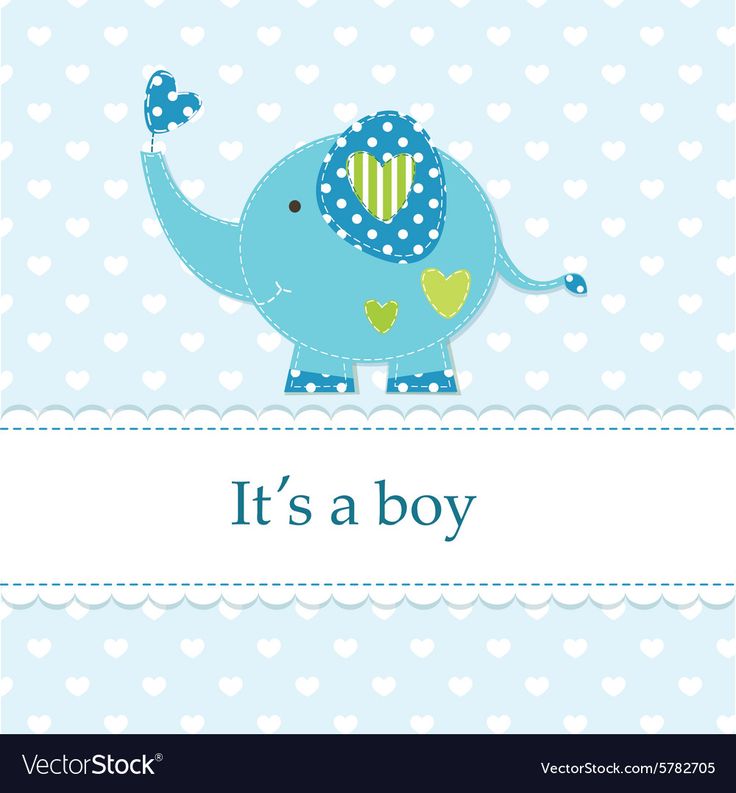 The cuckoo has an irrepressible appetite. He is able to take food up to 300 times a day. By the evening, tired parents are even beaten by a foster child. He pushes them out of the nest with his feet, squeals angrily, sending them to work on his livelihood until late at night. Ornithologists have calculated that up to 10% of innocent bird offspring die because of cuckoos. The same number of chicks do not grow up for other reasons to which cuckoos have nothing to do: hail, predatory enemies, diseases. Therefore, the harm from the cuckoo is less than the benefits it brings to nature.
The cuckoo has an irrepressible appetite. He is able to take food up to 300 times a day. By the evening, tired parents are even beaten by a foster child. He pushes them out of the nest with his feet, squeals angrily, sending them to work on his livelihood until late at night. Ornithologists have calculated that up to 10% of innocent bird offspring die because of cuckoos. The same number of chicks do not grow up for other reasons to which cuckoos have nothing to do: hail, predatory enemies, diseases. Therefore, the harm from the cuckoo is less than the benefits it brings to nature.
The cuckoo eats a lot when it grows up. Moreover, it is able to peck in huge quantities of poisonous hairy caterpillars, which other feathered inhabitants are afraid of. The prickly hairs that protect the caterpillars are not digested, clogging the bird's stomach.
Maybe that's why the cuckoo doesn't risk nursing babies herself, so as not to expose children to such a risk? Adult cuckoos are able to clean the digestive tract, periodically freeing themselves from hairballs. The forest where cuckoos live does not suffer from leaf-eating parasites. Therefore, nature forgives the cuckoo a lot.
The forest where cuckoos live does not suffer from leaf-eating parasites. Therefore, nature forgives the cuckoo a lot.
Read on the topic:
AIF competition: What kind of bird are you? Interesting riddles about birds, every week - a new one!
See also:
- 10 ways to "reset" New Year's Eve dinner: 103 km on foot or 23 thousand steps →
- A chicken has more empathy than a cat and a dog →
- Their song helps to live! →
Next article
You may also be interested in
- Hidden birds. Why cuckoos throw eggs and what is the use of them for nature
- Diary of events of the Oksky State Reserve
- Spread their wings.









